Scandinavia has a reputation as the birthplace of monochrome interiors. Muted color palettes dominate interior magazines full of pristine Scandinavian rooms that often lack personality. In reality, that’s not what it’s like to live in Scandinavia. There is a whole world of colorful and quirky interiors. Vibrant oxidised greens! Vintage florals! Oversized patterns! But let’s not go too crazy; it’s all in moderation and a minimalist framework.
Tekla Evelina Severin embodies this aesthetic; clean and simple, but also bright and lively. Her images capture dramatic colour in bold angular settings – almost brutalist architecture. She also creates images for brands like Bright Volumes, Clashist and Stockholm Design Week.
In 2012, Tekla was working as an interior architect in Stockholm when she decided to start using Instagram to share photos of her space. Over time, and with help from her growing audience, she became a multidisciplinary designer with work including advertorial photography, art direction, set design and branding. There’s a common thread through all her work: her bold colours in a unique minimalist universe.
Meet Tekla Evelina Severin, the Scandinavian queen of colourful minimalism:
When did you begin working as a designer?
September 2015. It was really a slow process. The year before it was 80% at the architecture office, then eventually two days a week. I’ve always been a controlled person that likes safety, and now I can’t handle three months stuck on the same project.
I studied interior architecture and furniture design at Kanstfack. Some people wanted to do furniture design, and some people, like me, wanted to work with space. We had different teachers each with his or her own approach; it wasn’t continuous. We had to adapt to each teacher’s approach, rather than being able to fulfil our own vision. I’m a little critical, but I wouldn’t be where I am today without it.
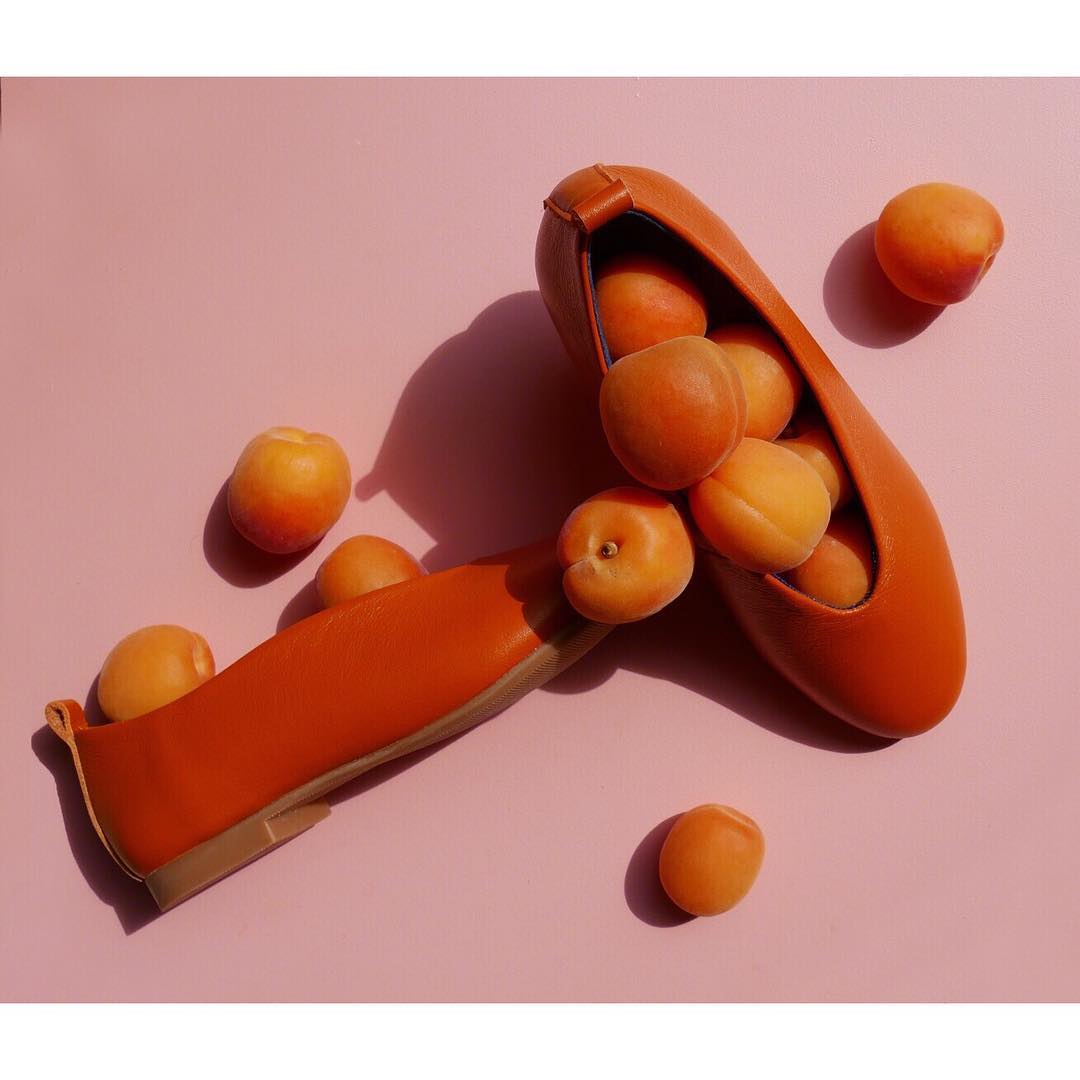 |
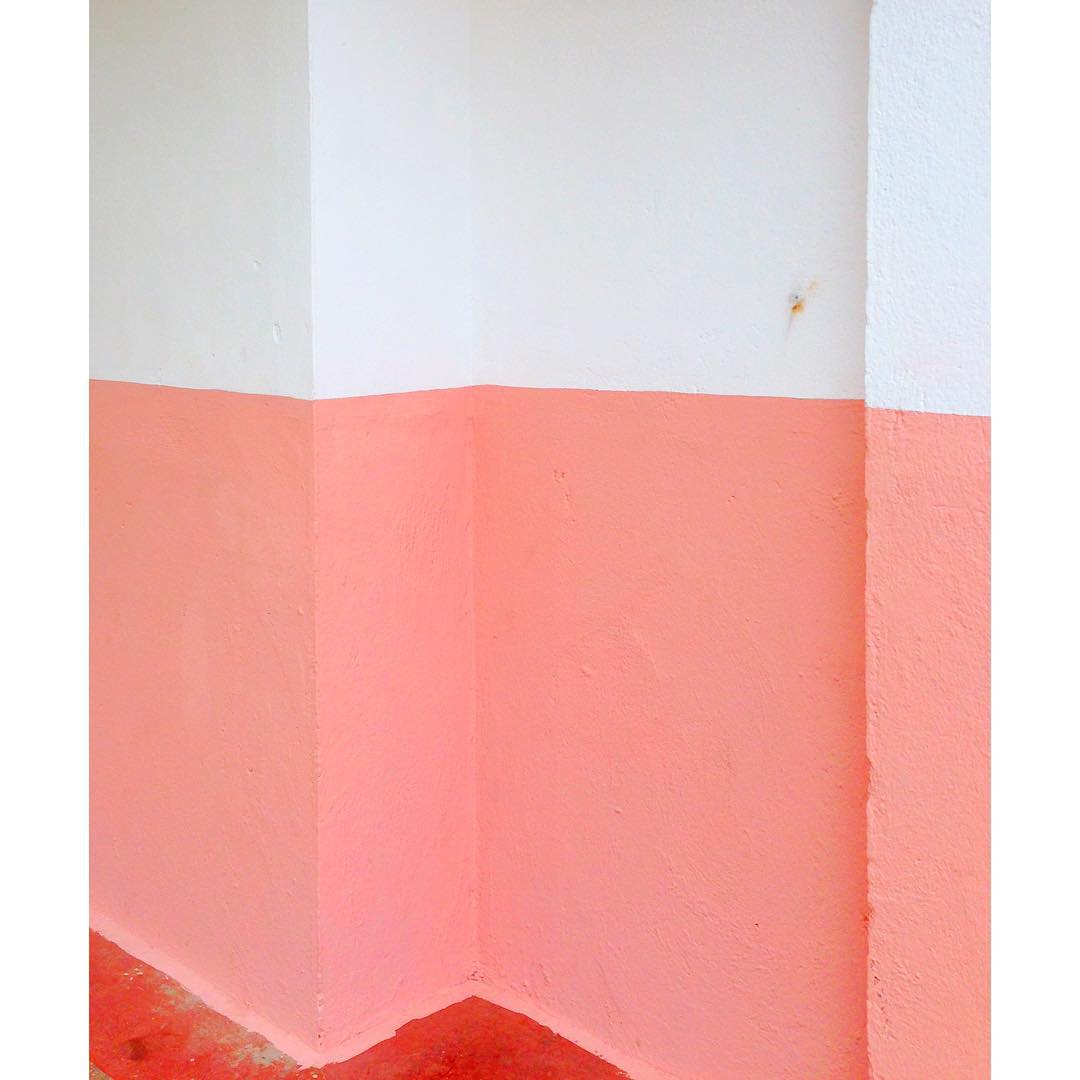 |
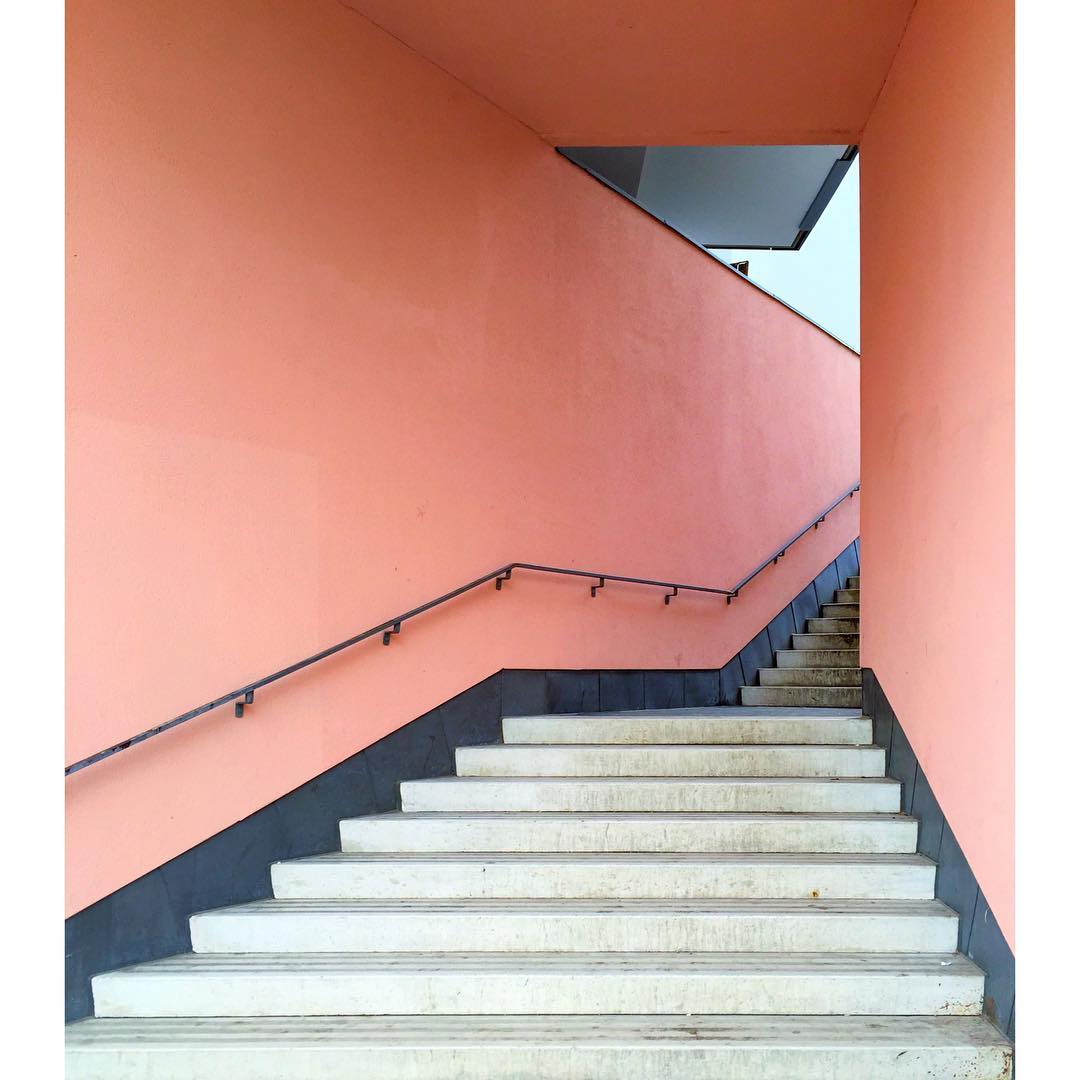 |
 |
What was your vision?
Back when I started studying, I had a really strong plan. And then, a bit like the military, at my school they break everyone down. Everyone was dealing with a lot of anxiety.
Wow, it sounds like going to acting school!
Yeah! I found it a bit like that.
In terms of the way you shoot, you prefer starting with the space, and then thinking about the furniture
Yes, because I think that the space comes first, otherwise it’s just design for design’s sake. I feel that’s a bit too much surface. Also, I like large scale installations.
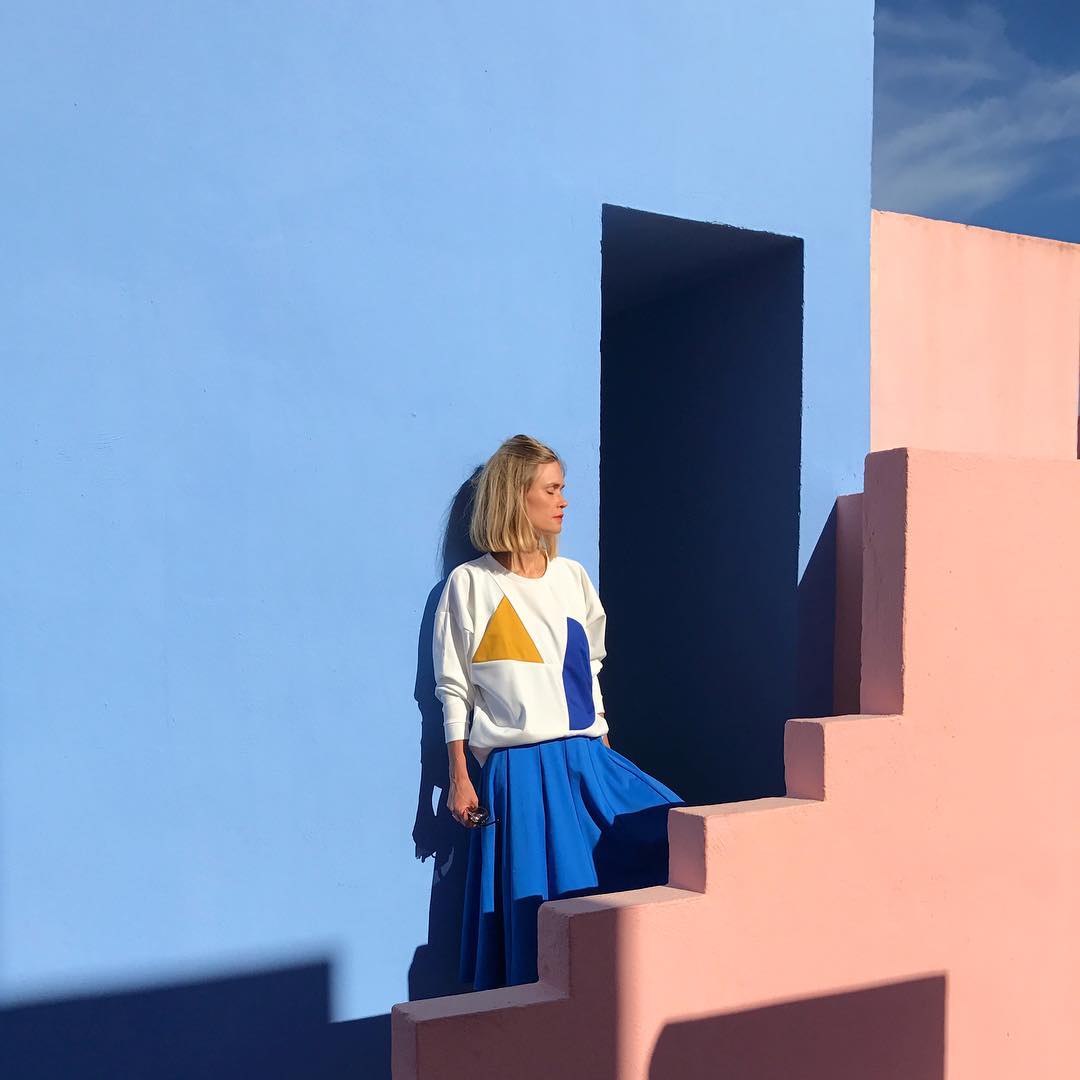 |
 |
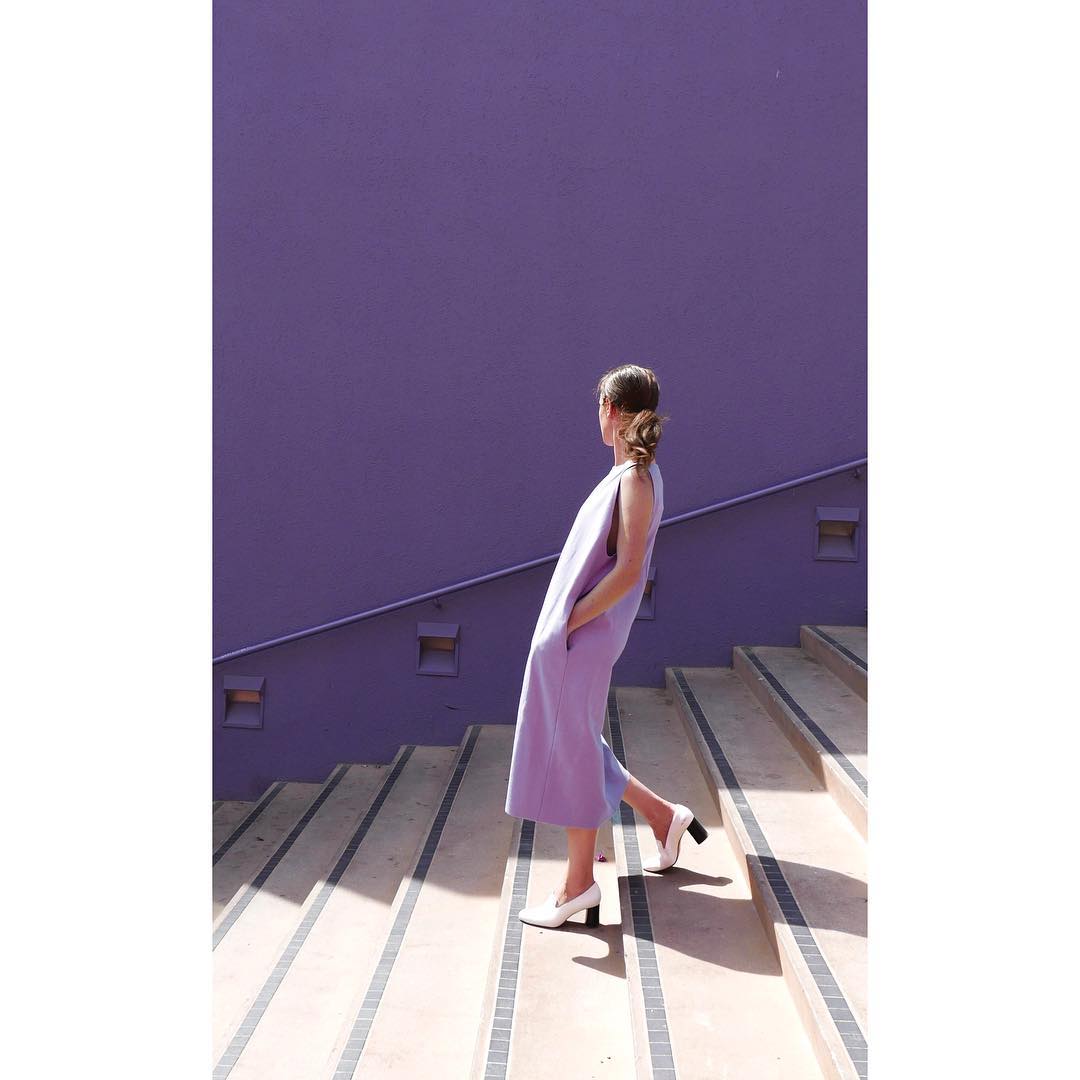 |
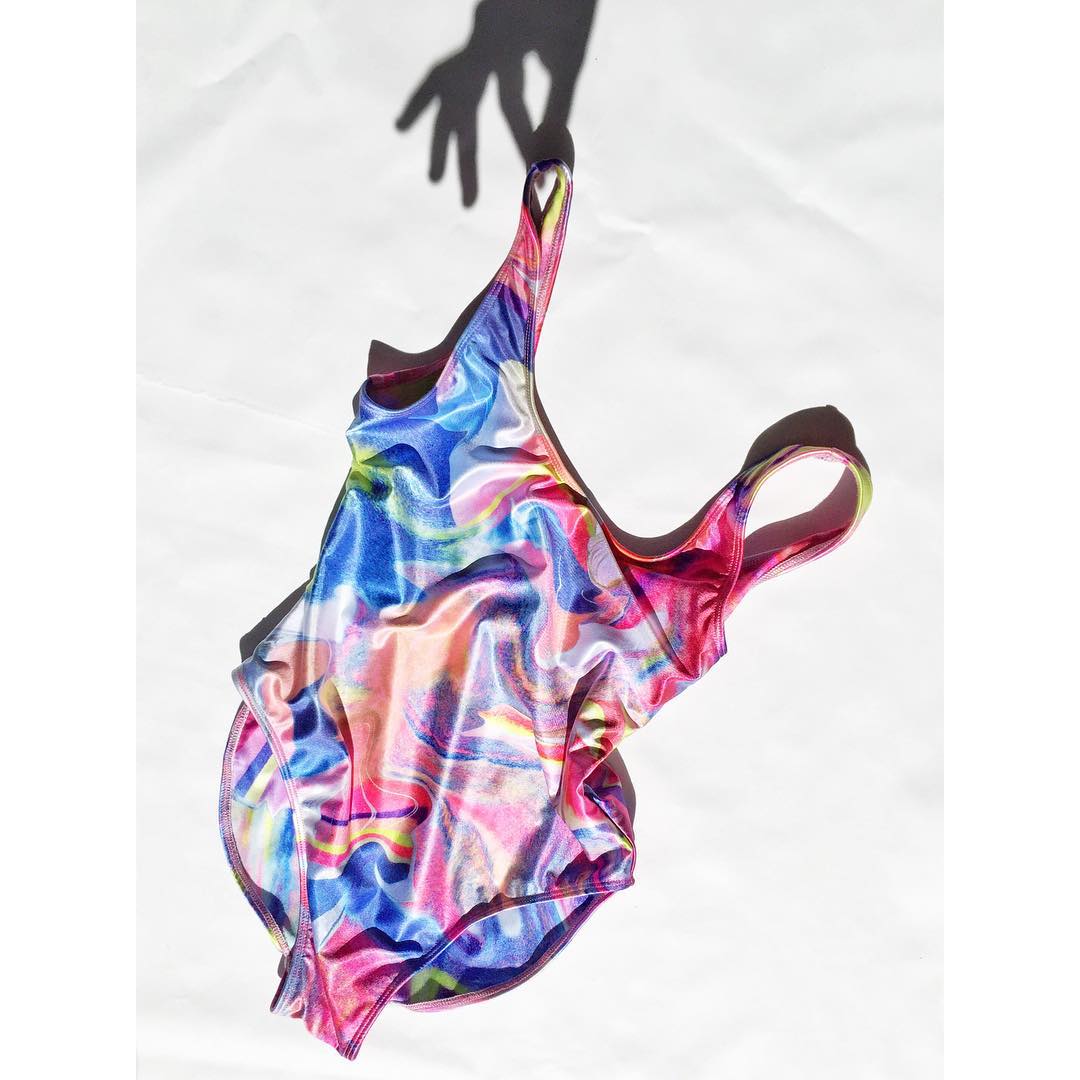 |
Why did you choose your particular mediums?
I really didn’t chose. They chose me! It started with people asking: can you do this? Can you do that? I like to be a yes-sayer. It just grew like that. I didn’t want to sit in an office, drawing on a computer for ten hours a day. It started more like street photography, and more like doing my own small still life things. I only took photos with my phone.
So you think your philosophy of saying yes was helpful?
Yes! Totally. It’s the best way to challenge yourself and find a new path. It was therapy for me by letting go of the the control; not knowing what to do next month. It was like: Ok! I say yes to this!
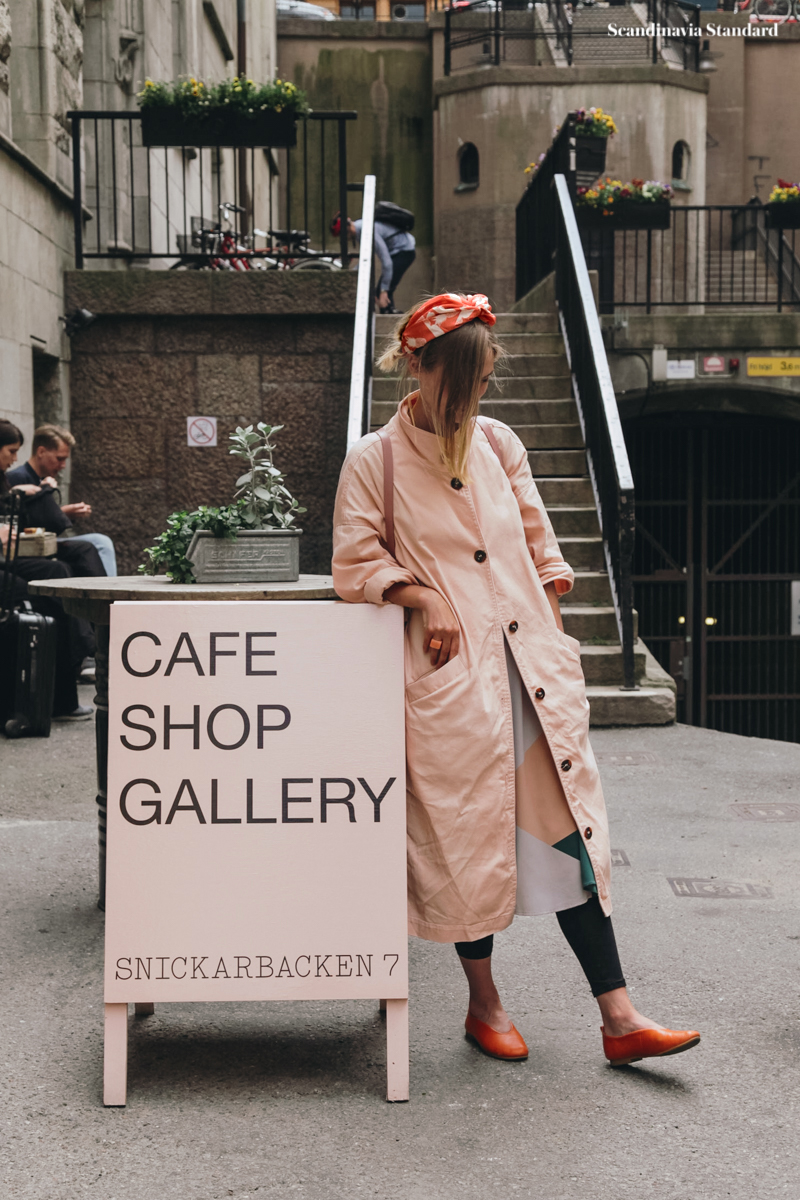 |
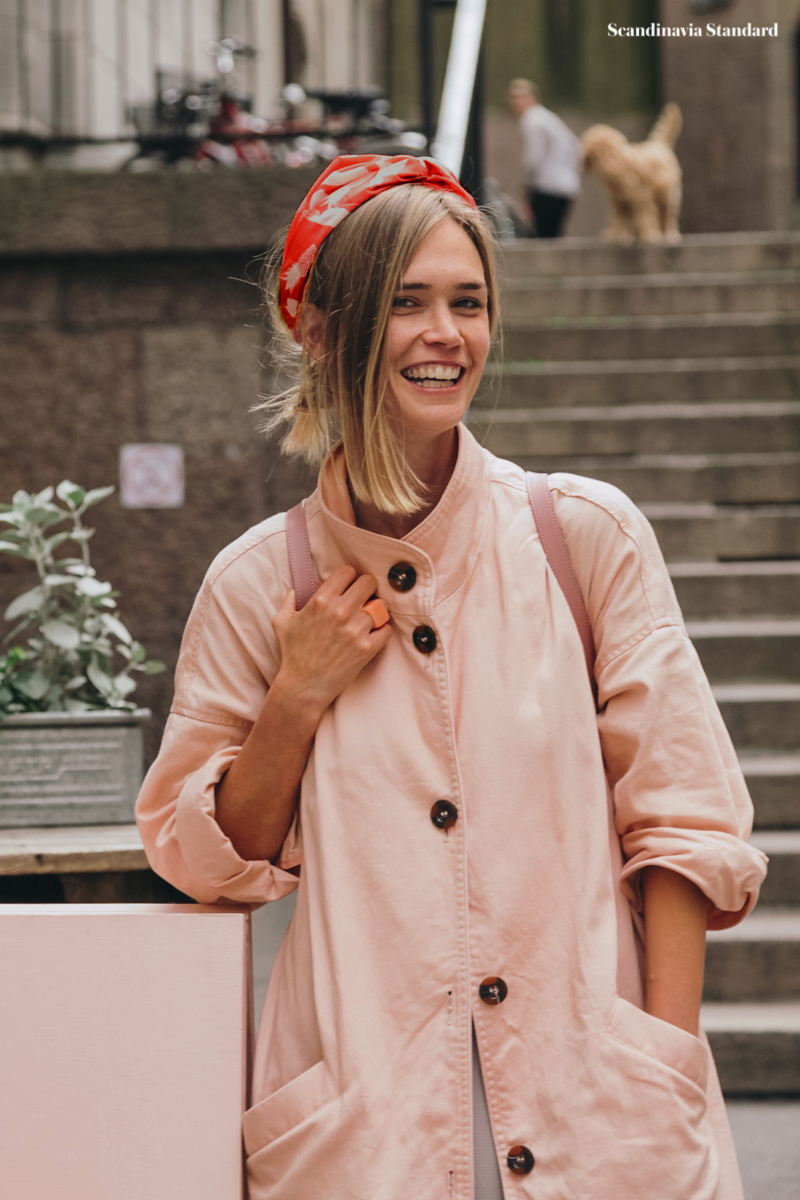 |
Who or what inspires your work?
Oh wow, so much! For photography, I love the classic still life by Irving Penn, and the light, colors and mood of Maurizio Di Iorio. I like the postmodern architecture of Ricardo Bofill, Richard England, Luis Barragan and Richardo Lagoretta. For interiors, Guillermo Santoma is a favourite from Spain, and also Swedish Note Design Studio.
I’m inspired by the shapes and colors by so many artists: Marie Louise Ekman, Karin Mamma Andersson. I love the shapes and palettes by fashion brand Bright Volumes.
I really like being interdisciplinary, bringing in graphic design, art, fashion, even still life photography. You can find inspiration anywhere. I’m inspired by public spaces like subways stations, especially in Stockholm.
How do you find being part of the Instagram community?
I travel a lot with my Instagram. We’re invited, for instance, to a concert hall opening and I’ll invite other people too. That’s fun, and I’ve met some great soulmates on my travels, but it’s strange because people are all very different. I’m not the one who wants to run in first to get the best angle. Lots of people have big cameras, and I feel like you’re losing the fun of it. For me it’s really important to keep it as Instagram started.
Also, there’s the Instagram anxiety, asking: “ooo, should I post that?” People ask me at parties when they’re drunk: “what do you think about this photo, is this one better?” I try to not get into that mode. It can be contagious, especially when travelling with other Instagrammers.
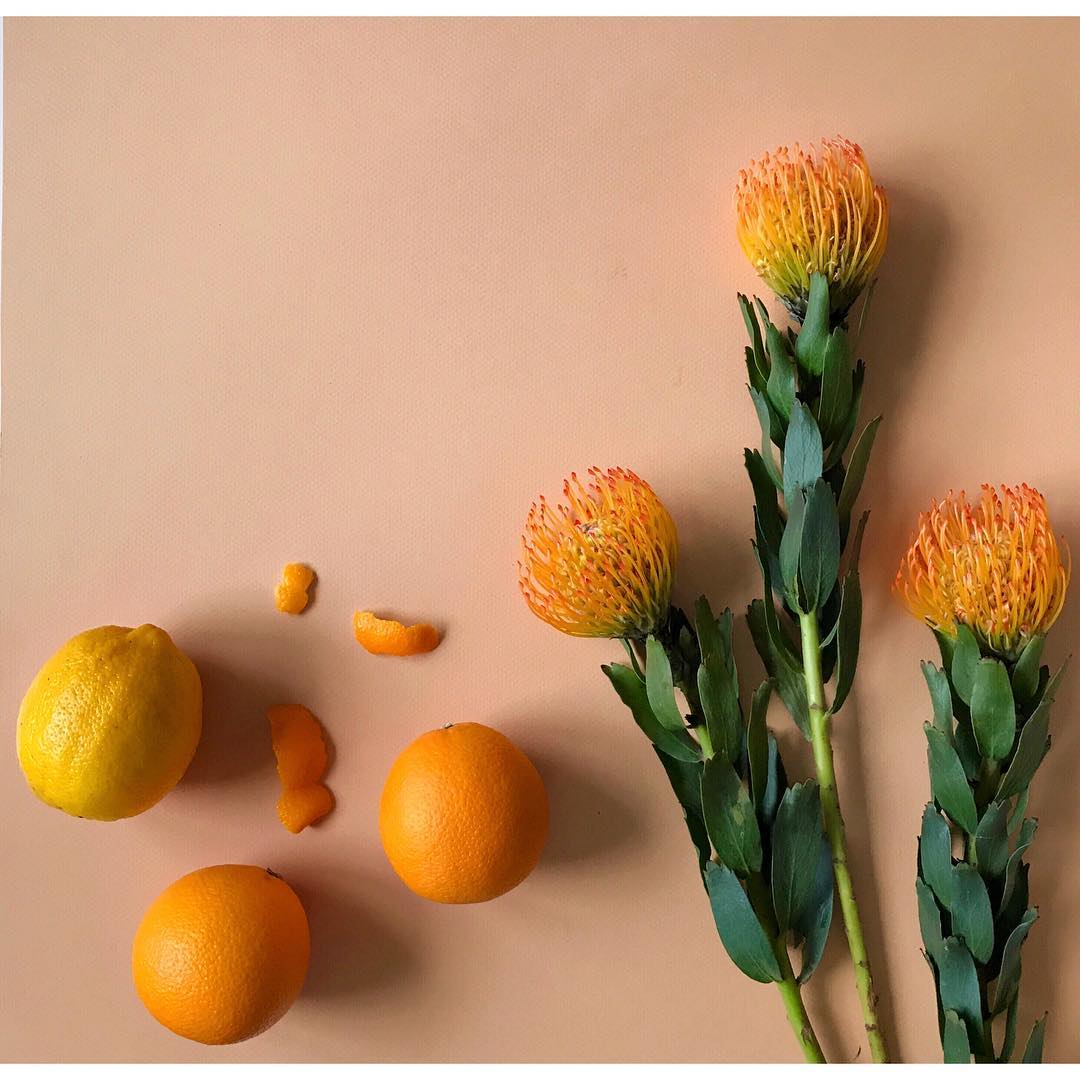 |
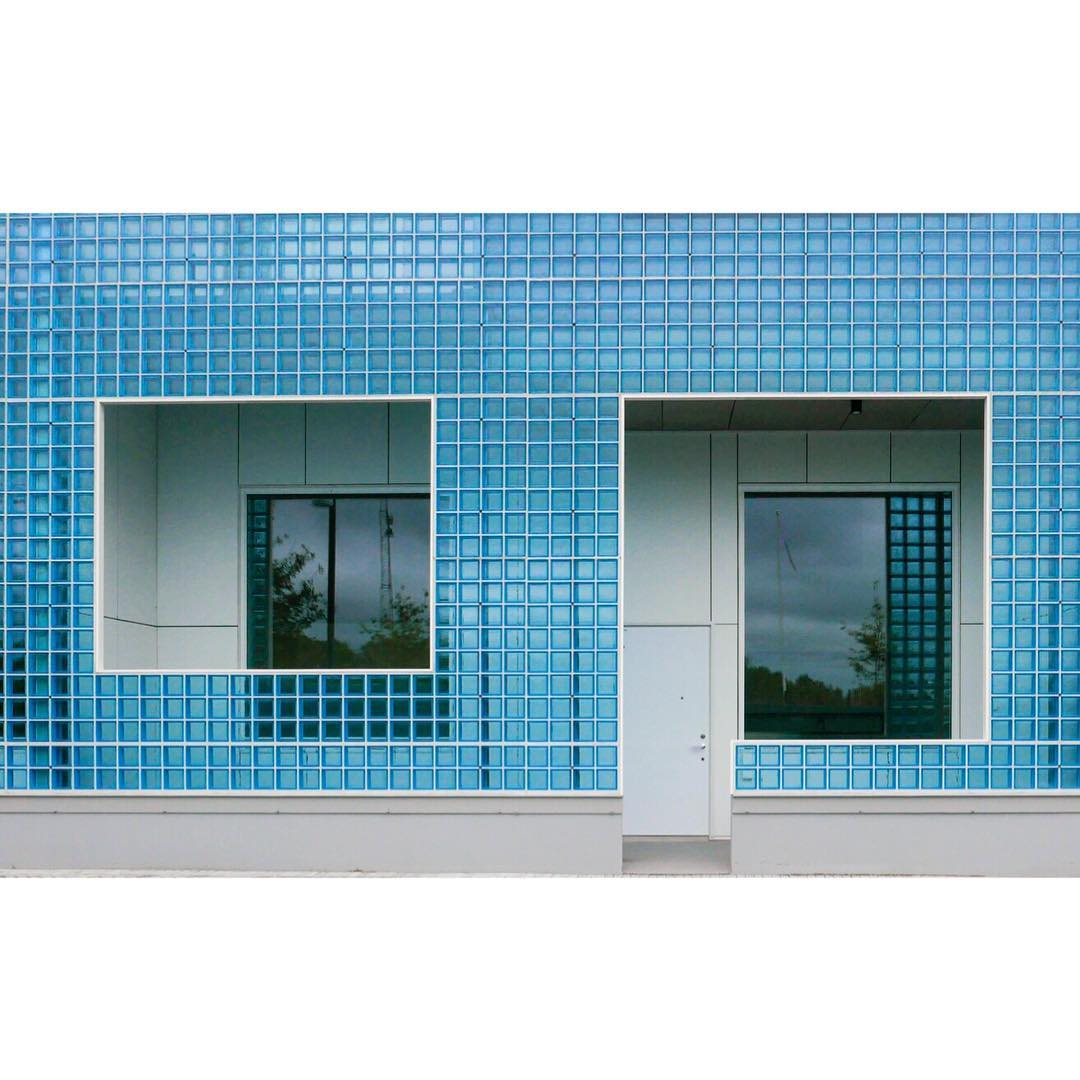 |
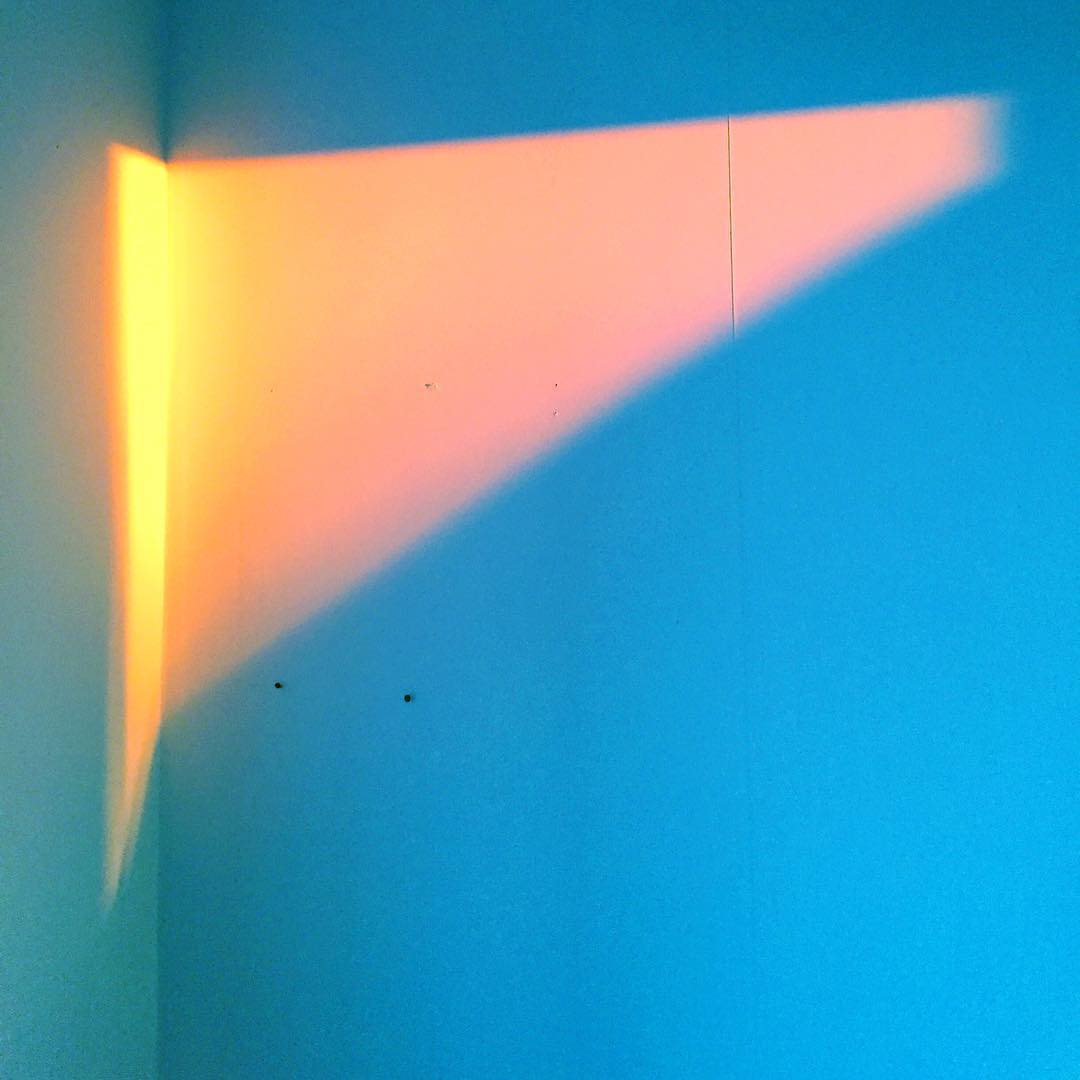 |
 |
My personal Instagram is one big latergram. Do you share immediately?
Yeah, mine too! There’s a lot of pressure when you’re on these trips when people have paid for you to be there. I want to be present in the moment, and I also want to have time to process the image. I’m a slow Insta-photographer. I don’t like to take a photo and five minutes later feel I have to post it. I see it more like an aesthetic rather than a diary and sharing “ooo, look what’s happening!”
How do you feel if an image doesn’t get many likes?
Different. Sometimes I can’t stop doubting. Other times I think “ok, but this is what I want to say about this subject,” and I’m confident. It’s really different. One photo can get 800 likes, another one can get 3000, so it really depends.
Do you think there’s a secret to getting more likes?
Actually, I’m part of this secret Swedish Instagram group where people discuss algorithms of Instagram. Some people say: “my best time to post is a 7.13 in the evening,” but I’m not like that. It’s really a big business, and all the people there are complaining about the new algorithm and how their posts aren’t showing. And they have four times as many followers as me. Everyone is just very anxious!
I think it’s so boring to keep posting the same kind of photos. If I post a person, I don’t want to do it again for the next post. Maybe I want to have a still-life, or then an interior. The one that gets most likes is the same thing, the same minimal facades, the same nature shots with the girl in the flower field, again and again and again. I think that’s really interesting. Why do people want to see exactly the same thing? It’s like it’s safe.
 |
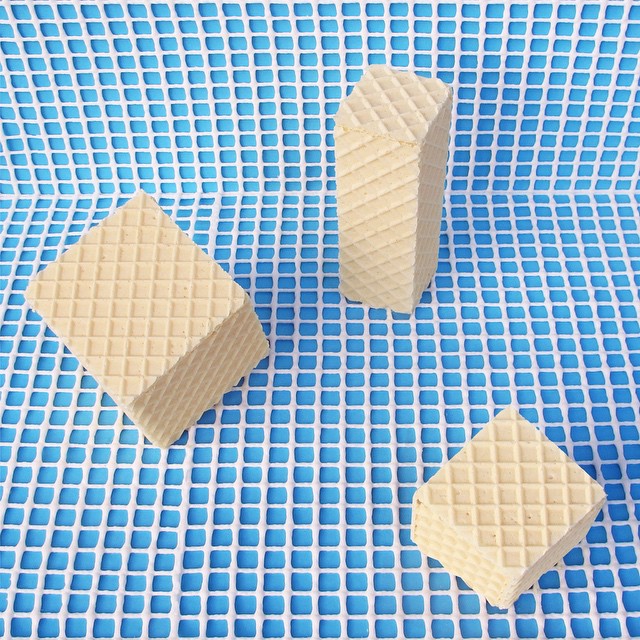 |
 |
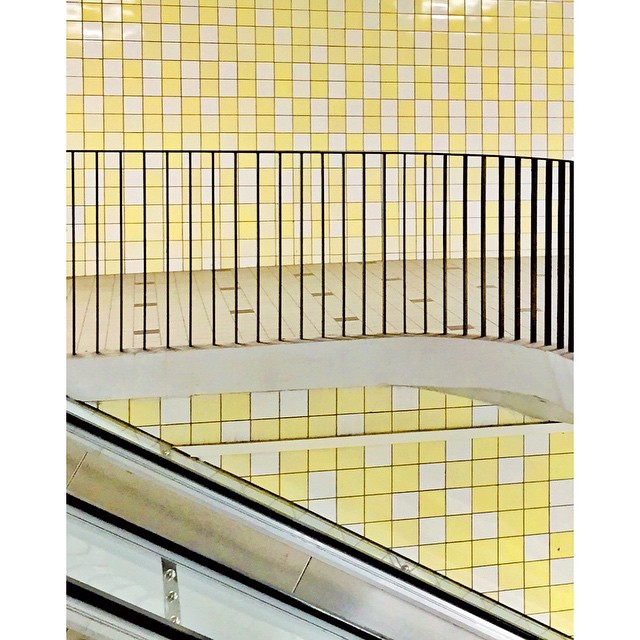 |
Yes, it’s so boring. This is a challenge with our Instagram, because we want to share unique aspects of Scandinavia, but this isn’t always as popular as another bike in front of a facade
I think that being true to yourself is the winning concept in the end. When you start adapting to your audience, the audience can feel that too.
Tell us about your latest projects
Right now I’m working on the exhibition design for a furniture designer for Stockholm Design Week. Then in early December, will also do two architectural shoots in Oslo. Later in February, I will go to Caribbean to shoot for a travel magazine.
You do a lot of beautiful shots of subway stations. Where do you find them?
In Stockholm! You have to go. The Stockholm stations are just more interesting. The other ones in California are just tiles and colors, much more Germanic order. Where as in Stockholm’s subway stations have a different artist in each station.
 |
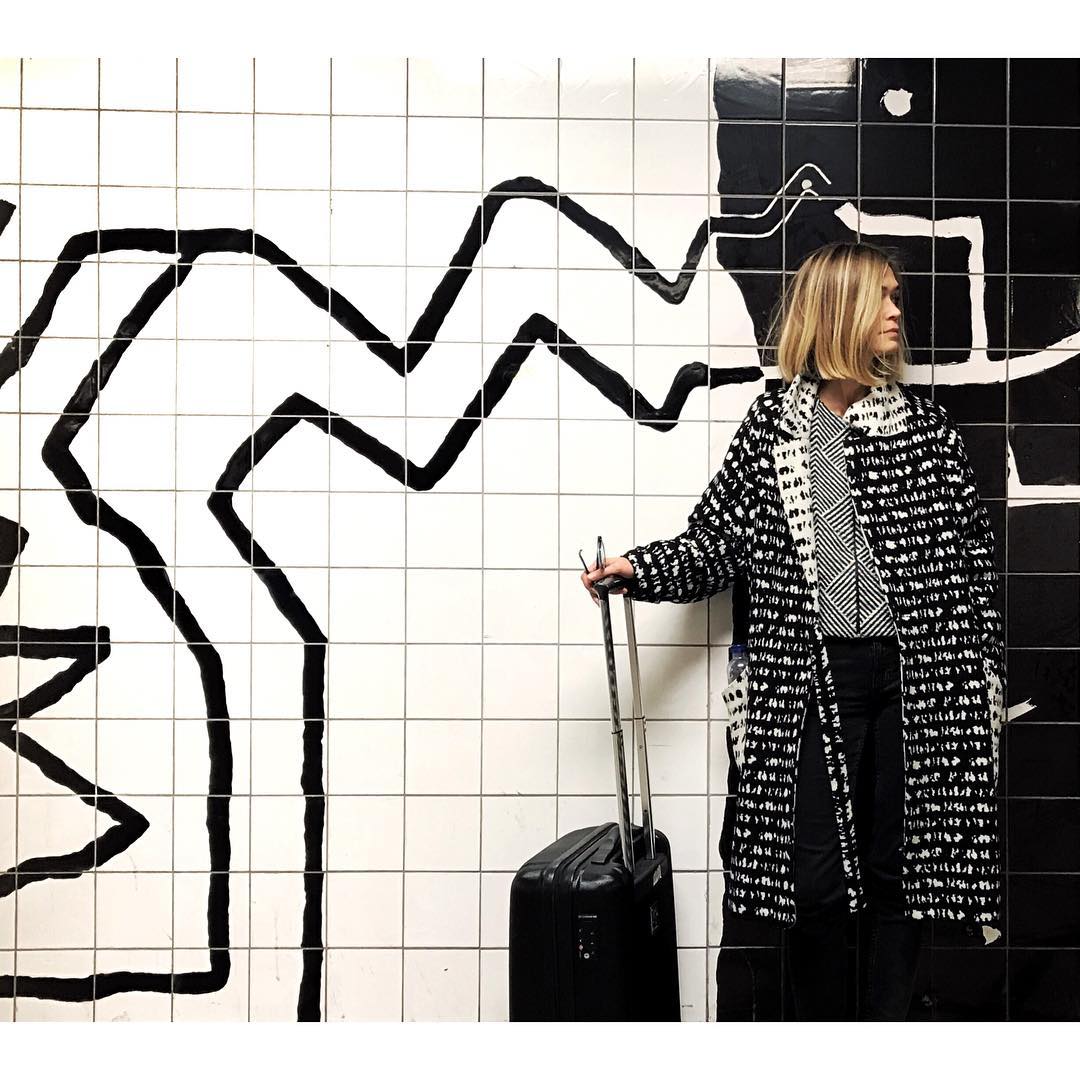 |
 |
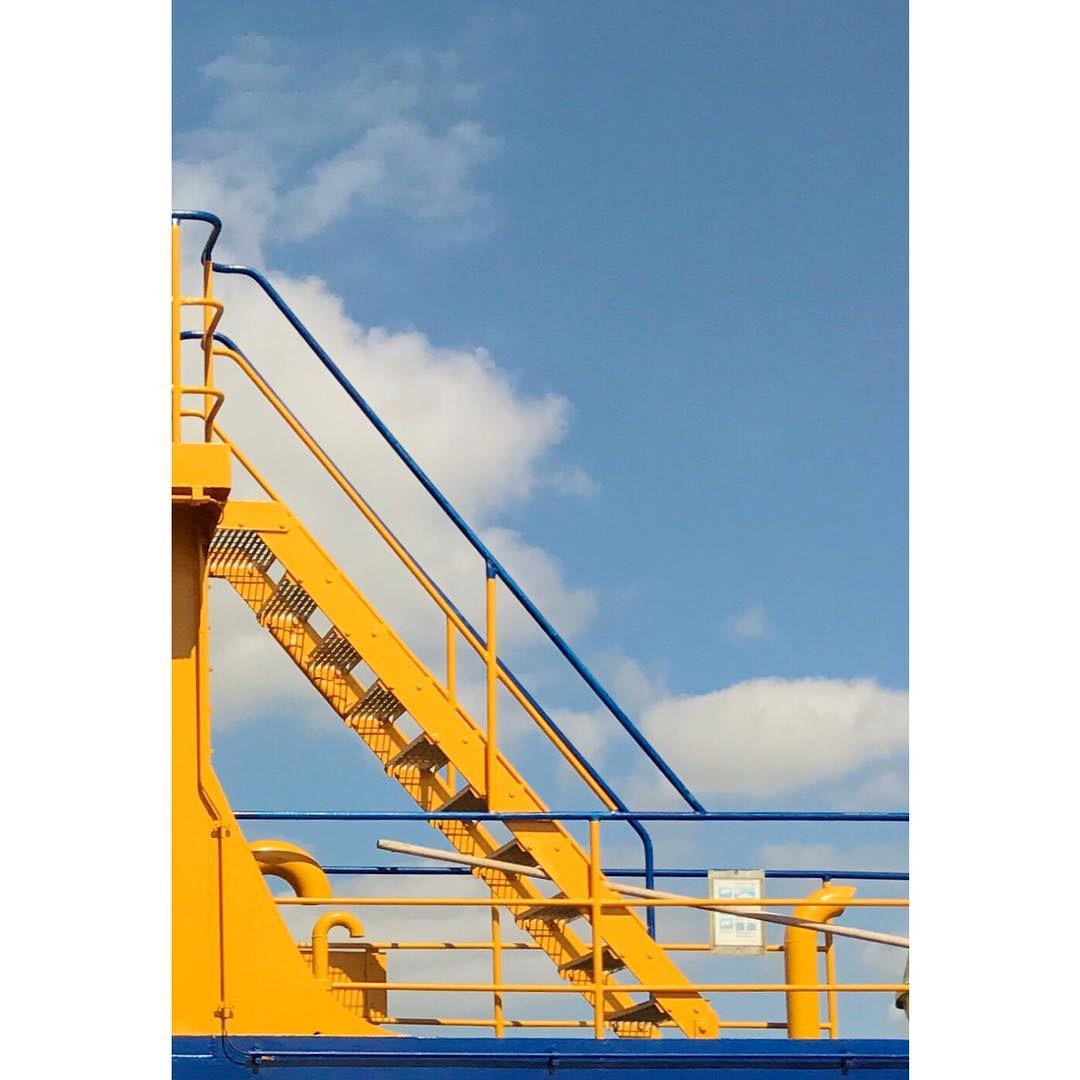 |
How would you describe your aesthetic?
I would describe it as colorful, of course. Graphic. Before I think my work was a bit more toward maximalism, but now I like going more minimalist. But I think that’s a boring word so I don’t know if I want to use it. I think bold would be the right word.
Do you feel your work is particularly Swedish or Scandinavian?
I would say no. That’s why I started my own space on Instagram. I was bored with those rich clients that wanted the Scandinavian beige. I’m really drawn to color, especially Mexican and Spanish architecture and colours. Of course it’s with my own Scandinavian approach.
There seems to be a broad spectrum in Scandinavia. On one end it’s monochrome and beige, but on the other there’s Henrik Vibskov and Marimekko
I think there’s a bit of trend anxiety in Stockholm, because people know that it always works with black. I think Swedish people are famous for having trend anxiety. Maybe because we’re so far in the North, we want to be in it too.
Yeah, it blows my mind how much Swedes know about popular culture and the latest trends
Yeah, and I think it’s because people don’t really have confidence in themselves, and the remote geography that makes us feel excluded. We want to be part of it.
Follow along on Tekla’s instagram and get inspired!

